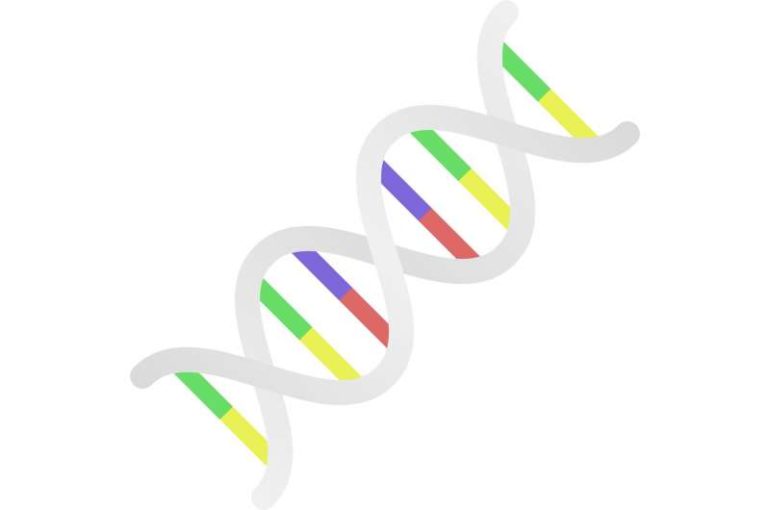Understanding the role of tau protein in Alzheimer’s disease (AD) has led to new ways to diagnose it as well as the creation of medicines now in clinical trials to treat it.
Misfolding and aggregation of microtubule associated protein tau (MAPT) are core features of AD. As the neurons get sick they show characteristic changes, such as the accumulation of neurofibrillary tangles, which are composed of misfolded tau protein. The accumulation of tau is closely correlated with cognitive decline in AD patients.
Yet, neurofibrillary tangles are just one piece of AD pathology and scientists have been striving to understand how nerve cells injury gives rise to neurofibrillary tangles, which could be important to know in order to develop the best drugs and diagnostics for AD. Now, researchers from Boston University School of Medicine (BUSM) have discovered a new type of molecular pathology that accumulates in nerves cells of patients with AD.
“We have found that as the injured nerve cells accumulate misfolded tau protein, they put a tag on RNA, which is the genetic material that codes for proteins. The amount of tagged RNA called N6-Methyladenosine (m6A) increases about four-fold over the course of disease,” explained corresponding author Benjamin Wolozin, MD, Ph.D., professor of pharmacology & experimental therapeutics at BUSM.
Wolozin and his group further showed that inhibiting the RNA-tagging pathway protects against nerve cell injury (neurodegeneration) associated with the accumulation of misfolded tau. This important result raises the possibility that blocking the RNA-tagging pathway might provide a novel approach to treat AD.
Wolozin and his researchers then went on to investigate why do these RNA tags accumulate with disease. The group used optogenetics (genes for light-sensitive proteins are introduced into specific types of brain cells in order to monitor and control their activity precisely using light signals) combined with the protein analysis to discover that misfolded tau specifically binds RNA that has these tags and does so with the help of another RNA binding protein, termed HNRNPA2B1 (which is also linked to a type of brain degeneration termed amyotrophic lateral sclerosis).
Wolozin showed that binding of misfolded tau or HNRNPA2B1 is necessary for the entire complex to exert biological actions; genetically lowering either species blocks neurodegeneration and also reduces the amount of tagged RNA that accumulates. The team hypothesizes that this complex is designed to respond to injury, but that in AD the response becomes hyperactive, persistent and therefore harmful.
“This work opens up a new avenue that investigators can use to explore the process of AD and in the process perhaps develop new approaches to treat the disease,” he added.
These findings appear online in the journal Molecular Cell.
Alzheimer’s disease may start inside nerve cells
More information:
Interaction of tau with HNRNPA2B1 and N6-methyladenosine RNA mediates the progression of tauopathy, Molecular Cell (2021). DOI: 10.1016/j.molcel.2021.07.038
Provided by
Boston University School of Medicine
Citation:
First study to investigate the role of RNA tags in Alzheimer’s disease (2021, August 27)
retrieved 29 August 2021
from https://medicalxpress.com/news/2021-08-role-rna-tags-alzheimer-disease.html
This document is subject to copyright. Apart from any fair dealing for the purpose of private study or research, no
part may be reproduced without the written permission. The content is provided for information purposes only.
